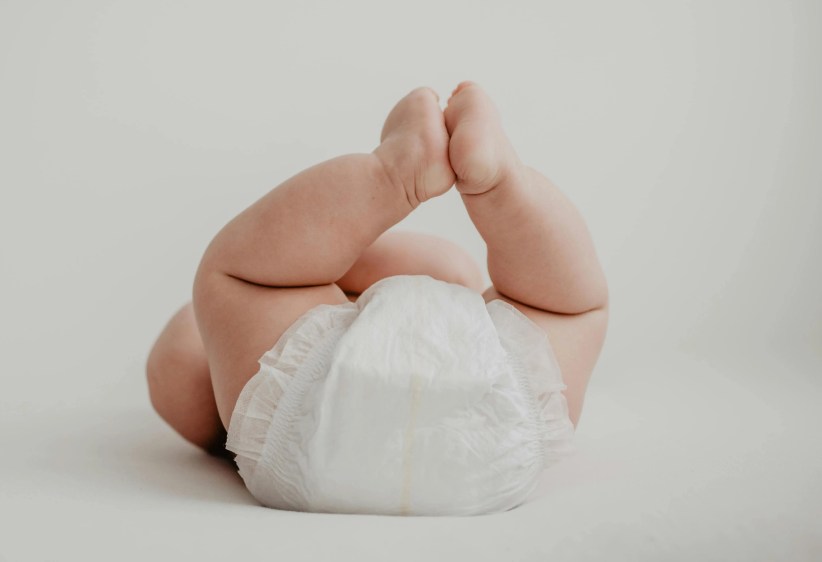We’ve all seen television shows and movies that include a dramatic scene of a pregnant woman going into labor at the most inopportune time — during a storm or natural disaster. It turns out this is not so far off from reality. Labor pain is not only hormonal, but can also be affected by environmental changes that cause great stress. Given the right situation, external stress could cause early labor.
Women going into labor prematurely only has a mild correlation with winter storms or natural disasters. However, physicians and hospital staff vividly remember these most eventful days (and nights) in labor and delivery.
“Natural disasters such as Hurricane Sandy in 2012, snowstorms, [and] earthquakes all increase the amount of stress levels on patients, and therefore increase the amount of catecholamines released by pregnant patients leading to possible premature birth,” notes Dr. Reyna Payero, a physician in obstetrics and gynecology at AdvantageCare Physicians. “Moreover, the physiological response to stress in a pregnant woman is to release hormones that increase her heart rate and also her blood pressure, therefore potentially increasing her risks for infection and possible early birth,” she adds. Because a woman’s body stress level can impact when she goes into labor, significant natural disasters are known to cause women to go into early labor.
“During Hurricane Irene in 2011,” she says, “the storm caused multiple mothers to undergo early delivery or premature contractions in Staten Island,” where Dr. Payero worked at the time.
But it’s not only during or immediately after a natural disaster that spikes in birth rates can be observed — as the urban legend goes, they can also rise around nine months after a storm. Winter storms and natural disasters are said to cause a baby boom, of sorts, nine months later. The validity of this urban legend depends on the severity of the storm or disaster. For example, if a winter storm leaves you and your partner snowed in or a natural disaster limits your activity outside of the home — intimacy is inevitable. Many assume that when couples have a lot of time indoors, it leads to an increase in babies born about nine months later. So, is it true that being home in a snowstorm puts couples in the mood to make babies? According to Treetopia, it is true. In its study, Top 10 Steamiest Snowstorms (http://blog.treetopia.com/2017/12/top-10-steamiest-snowstorms), it used a combination of government data and reported birth rates to come to that conclusion — though it looked at more than just snowstorms.
Some think that the noticeable increase in births is due to the fact that couples simply have too much time on their hands when snowed in, or have limited forms of entertainment when hunkered down at home. According to Medical Daily, hospitals began bracing for an increase in birth rates in the last weeks of July and early August of 2013, nine months after Superstorm Sandy hit in the fall of 2012. And just as expected, local hospitals reported spikes in birth rates up to 30 percent. In fact, Treetopia ranks Superstorm Sandy the “sexiest storm” of all time due to that spike. The second sexiest storm on Treetopia’s list was “Snowvember” of 2014, which also caused birth rates to rise up to 30 percent about nine months later.
Put simply, sex is a way of coping with stress (or boredom, in some cases). Whether it is a blizzard, hurricane, or power outage, disasters give couples a lot of time together indoors, and that can lead to a spike in the number of babies born in the area nine months later. This is not a new concept — this phenomenon is known as the “Fertility Effect of Catastrophe.” Studies show anecdotal evidence that suggests increased fertility rates result from catastrophic events. A 2008 study from Johns Hopkins University states that this can be traced back decades, with New York’s own blackout of 1965 as a prime example. Nine months after the blackout, there was an increase in the birth rate.
There are certainly storms and events where there are no birth spikes, such as low-severity storms, winter storm warnings, and the like, which leads to a debate of whether spikes in births are just perceived or are actually measurable. The debate arises every time there is a sizeable snowstorm that dumps inches — and sometimes feet — of snow. For the 2017–18 winter season (which we have already witnessed a portion of), there is a lot more snow expected in our forecast. If the urban legend is true, there will be a spike in births up and down the East Coast in the fall of 2018!
Shnieka Johnson is an education consultant and freelance writer. She is based in Manhattan where she resides with her husband and son. Contact her via her website: www.shnie





















